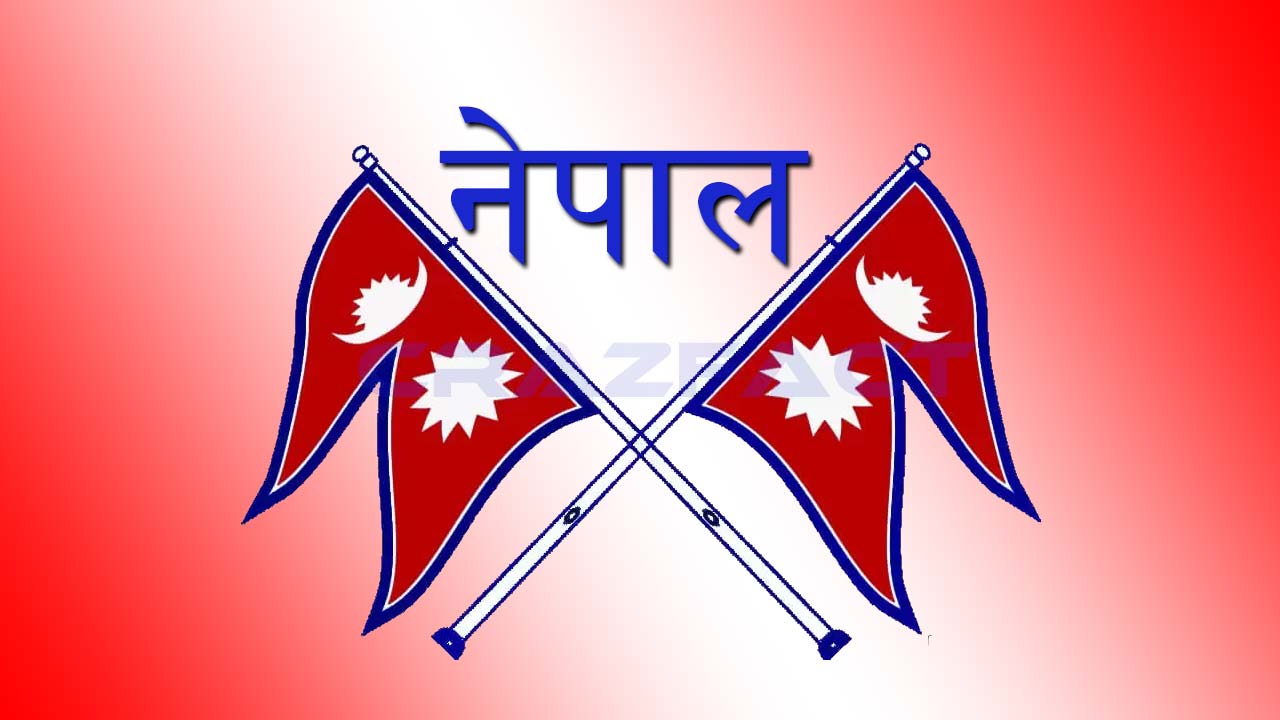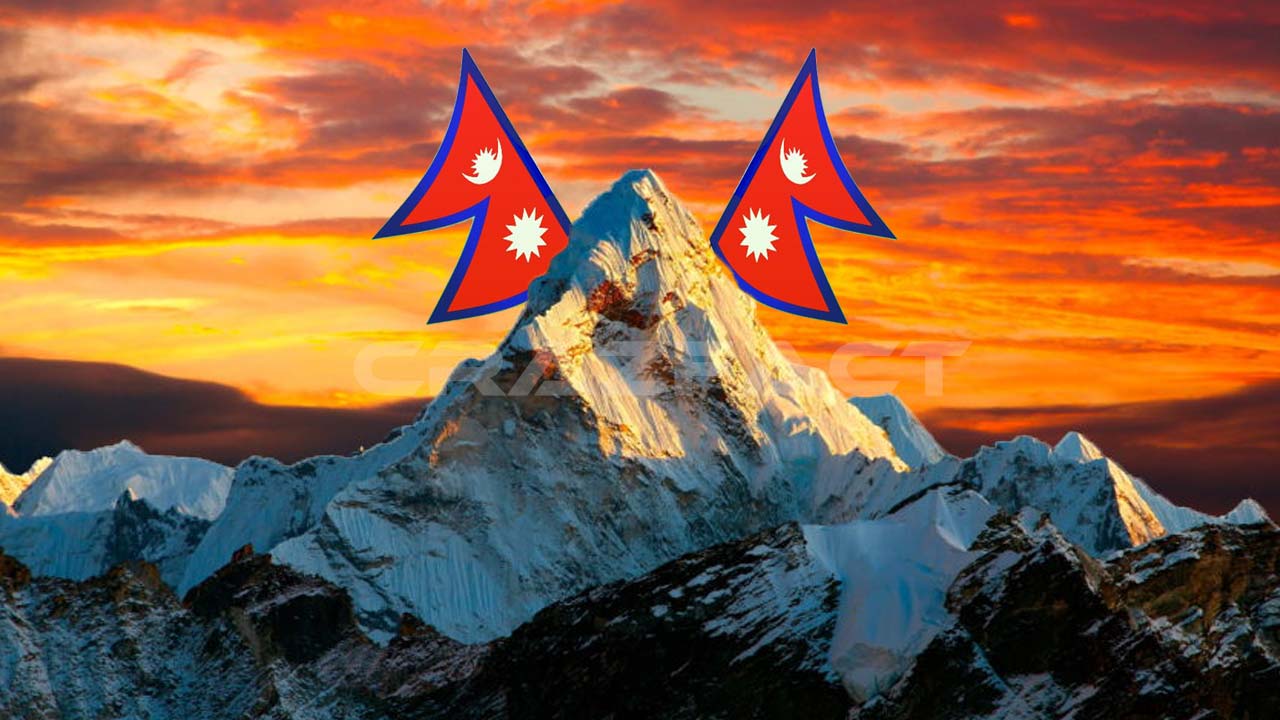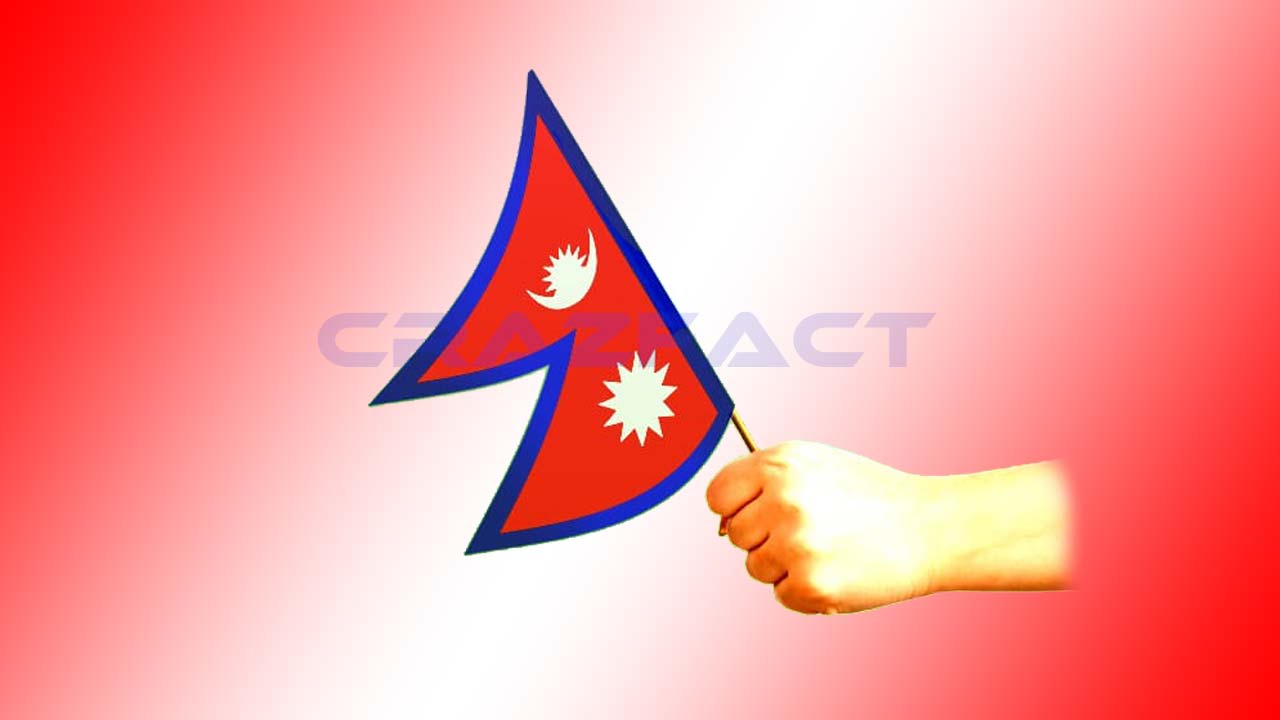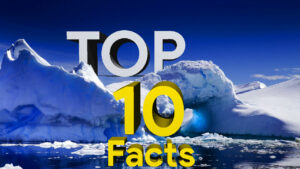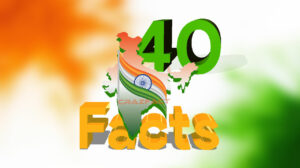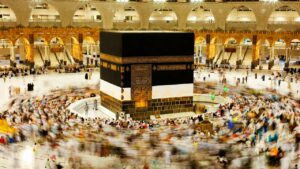Nepal is a landlocked country located in South Asia, bordered by China to the north and India to the south, east, and west. It is the world’s 41st largest country by area and has a population of approximately 30.5 million people. The country is known for its diverse geography, ranging from the Himalayan mountain range to the lush tropical jungles of the Terai region.
Nepal has a rich cultural heritage and is home to many ethnic groups, including the Sherpa, Tamang, Gurung, and Newar communities. The country’s official language is Nepali and its currency is the Nepalese rupee.
Tourism is an important industry in Nepal, with visitors drawn to the country’s stunning scenery and rich cultural heritage. Some of the most popular tourist destinations include Mount Everest, the Annapurna mountain range, and the Kathmandu Valley, which is home to many historic temples and palaces.
The Nepalese economy is largely based on agriculture and remittances from Nepalese workers abroad, although the country is making efforts to diversify its economy and attract investment. Despite this, Nepal remains one of the poorest countries in the world and faces many challenges, including widespread poverty, poor infrastructure, and political instability.
- Nepal is a landlocked country located in South Asia.
- It is bordered by Tibet (China) to the north and India to the south, east, and west.
- The country has an area of 147,516 square kilometers.
- The capital city of Nepal is Kathmandu.
- The official language of Nepal is Nepali.
- The currency used in Nepal is the Nepalese Rupee.
- Nepal has a population of approximately 30.5 million people.
- The majority of the population is Hindu, but Buddhism, Islam, and other religions are also practiced.
- The country is home to Mount Everest, the tallest mountain in the world.
- The Himalayan mountain range runs through Nepal.
- Nepal is one of the poorest countries in the world.
- Agriculture is the main source of income for most Nepalese people.
- The country is known for its rich culture and tradition, including festivals such as Dashain and Tihar.
- Kathmandu Durbar Square is a UNESCO World Heritage site.
- The country is home to many other UNESCO World Heritage sites, including the Chitwan National Park and the Sagarmatha National Park.
- Nepal was never colonized by a European power.
- The country was ruled by a monarchy until it became a republic in 2008.
- Nepal is divided into 7 provinces.
- The country has a multi-party democracy.
- The economy of Nepal is heavily dependent on tourism.
- The flag of Nepal is the only non-rectangular flag in the world.
- The Nepali calendar is based on the Bikram Sambat era.
- Nepal is known for its traditional handicrafts, such as weaving and wood carving.
- The country has a rich musical tradition, including classical and folk music.
- The traditional Nepali musical instrument is the Madal drum.
- The country is home to many endangered species, including the Bengal Tiger and the One-Horned Rhinoceros.
- The highest lake in the world, Tilicho Lake, is located in Nepal.
- The Annapurna Circuit is one of the most popular trekking routes in the world.
- The country has a diverse climate, ranging from tropical in the south to alpine in the north.
- The country has a rich history, with evidence of civilization dating back to the 7th century BCE.
- The Kathmandu Valley was the center of the Nepali Kingdom.
- The country has a strong tradition of religious tolerance.
- The Nepali New Year, known as “Navaratri,” is celebrated in April.
- The country was severely impacted by a magnitude 7.8 earthquake in 2015.
- The education system in Nepal is based on the 10+2 system.
- The country has a high illiteracy rate, especially among women.
- Healthcare in Nepal is limited, and many people do not have access to basic medical services.
- The country has a high infant mortality rate.
- The life expectancy in Nepal is approximately 68 years.
- The country is a member of the United Nations and the South Asian Association for Regional Cooperation (SAARC).
- The country is known for its scenic beauty, including snow-capped mountains, lush forests, and rolling hills.
- The country has a diverse ethnic and linguistic composition.
- The Sherpa people are indigenous to the Solu-Khumbu region of Nepal.
- The Gurung people are one of the largest ethnic groups in Nepal.
- The Tharu people are an indigenous group in the Terai region of Nepal.
- The Tamang people are one of the largest indigenous communities in Nepal.
- The Newari people are native to the Kathmandu Valley and are known for their unique culture and traditions.
- Hinduism is the dominant religion in Nepal, but Buddhism is also widely practiced.
- The Hindu god Lord Shiva is worshipped as Pashupatinath in Nepal.
- The Buddhist stupa of Swayambhunath, also known as the Monkey Temple, is a popular tourist attraction in Kathmandu.
- Nepal is the birthplace of the Buddha, and Lumbini is one of the most important pilgrimage sites for Buddhists.
- The country is home to numerous temples and shrines, including the temple of Dakshinkali and the shrine of Muktinath.
- The Nepalese army is one of the largest in South Asia.
- The country is known for its diverse and delicious cuisine, including dishes such as momos, dal bhat, and chow mein.
- The country has a strong tradition of hospitality and is known for its welcoming and friendly people.
- The country is home to several ethnic and religious minorities, including the Tibeto-Burman, Mongol, and Kirati groups.
- The country has a high poverty rate, and many people live below the poverty line.
- The country is vulnerable to natural disasters, such as earthquakes, floods, and landslides.
- The country has a diverse and vibrant fashion scene, including traditional clothing such as the Dhaka topi and the ghagra choli.
- The country has a rich tradition of sports, including soccer, cricket, and volleyball.
- The country has a low rate of internet and mobile phone usage.
- The country has a rapidly growing tourism industry, with many visitors coming to trek in the Himalayas and explore the cultural heritage sites.
- The country is home to several national parks and conservation areas, including Langtang National Park and the Shey Phoksundo National Park.
- The country has a rich tradition of storytelling, passed down through generations by the bards and minstrels known as “bhakta.”
- The country has a vibrant art scene, including traditional forms such as wood carving and painting, as well as contemporary art.
- The country has a strong tradition of handicrafts, including weaving, pottery, and jewelry making.
- The country has a rich cultural heritage, reflected in its festivals, music, dance, and cuisine.
- The country has a diverse and unique landscape, ranging from tropical forests to high-altitude deserts.
- The country has a diverse economy, including agriculture, tourism, manufacturing, and service industries.
- The country is a hub for regional trade and commerce, serving as a bridge between South Asia and East Asia.
- The country has a growing IT sector, with many software companies and outsourcing services.
- The country is working to expand its infrastructure, including roads, airports, and telecommunications networks.
- The country is a signatory to several international treaties and agreements, including the Paris Agreement on climate change.
- The country is working to promote sustainable development and protect its natural resources.
- The country has a growing middle class, and a growing number of Nepalese people are traveling abroad for education and work opportunities.
- The country has a strong tradition of volunteerism and community service, with many organizations working to address issues such as poverty, education, and healthcare.
- The country has a rich and diverse musical tradition, including classical forms such as the metal drum and the sarangi stringed instrument.
- The country has a long history of political instability and conflict, with a decade-long civil war ending in 2006.
- The country transitioned to a federal democratic republic in 2008, after the end of the monarchy.
- The country is a member of the United Nations and several other international organizations, including the World Trade Organization and the South Asian Association for Regional Cooperation.
- The country has a high rate of illiteracy, particularly among women and rural populations.
- The country is working to improve access to education, with initiatives to increase enrollment in primary and secondary schools.
- The country has a shortage of healthcare facilities and trained medical personnel, particularly in rural areas.
- The country is working to improve access to healthcare, with initiatives to build new clinics and train healthcare workers.
- The country has a high rate of infant and maternal mortality.
- The country is working to improve maternal and child health, with initiatives to increase access to prenatal and postnatal care.
- The country has a high rate of infectious diseases, such as tuberculosis and HIV/AIDS.
- The country is working to address public health issues, with initiatives to increase awareness and access to healthcare services.
- The country has a high rate of malnutrition, particularly among children.
- The country is working to address food security and malnutrition, with initiatives to increase access to nutritious food.
- The country has a high rate of unemployment, particularly among youth and women.
- The country is working to create new job opportunities and support entrepreneurship, with initiatives to support small and medium-sized enterprises.
- The country is facing the impacts of climate change, including changes in precipitation patterns and the melting of glaciers.
- The country is working to address the impacts of climate change, with initiatives to increase energy efficiency and reduce greenhouse gas emissions.
- The country has a rich tradition of environmental conservation, with efforts to protect its forests, wildlife, and biodiversity.
- The country has a diverse range of flora and fauna, including rare and endangered species such as the red panda and the snow leopard.
- The country is working to protect its natural resources, with initiatives to establish national parks and conservation areas.
- The country is facing challenges related to land degradation and soil erosion, particularly in the mountains and hill regions.
- The country is working to improve land management and conserve soil and water resources, with initiatives to promote sustainable agriculture and forestry practices.
- Nepal is a unique and vibrant country with a rich cultural heritage, diverse landscape, and friendly people, making it a popular destination for travelers and adventurers from around the world.

